The high standards of the EVFTA help the Vietnamese economy expand trade, gaining a clear advantage in increasing competitiveness in global trade.
Speaking to reporters from the World & Vietnam Newspaper , Professor Dr. Andreas Stoffers, a Vietnamese economic researcher currently living in Germany, said that Vietnam's economic figures in 2024 have demonstrated the benefits of the "historic agreement" with the European Union (EU).
 |
| Prof. Dr. Andreas Stoffers, a research expert on the Vietnamese economy currently living in Germany. (Photo: NVCC) |
In 2020, Vietnam became the first developing country in the world to sign a Free Trade Agreement (FTA) with the EU ( EVFTA ) . To sign this Agreement , Vietnam had to go through a process lasting up to 9 years . This is considered a great success of Vietnam in the process of international economic integration, raising the national position and creating new opportunities and destiny for the country. In your opinion, what is special about Vietnam that makes EU partners support EVFTA ?
Yes, the EVFTA negotiations took a long time. But this is because the trade agreement has a very far-reaching impact on both sides. In fact, a total of 27 European countries, with different interests, have entered into economic cooperation with Vietnam. Fortunately, the agreement was ratified in 2020.
The EU is keen to have FTAs with as many countries as possible. However, negotiating multiple FTAs at the same time is not possible.
In this regard, Vietnam can be proud that, at that time, the EU chose Vietnam as the Southeast Asian country to sign such a modern agreement. This is a tribute to what the Southeast Asian country has achieved in terms of economic freedom and openness.
This is also a sign that Vietnam is a very important bridge for the European economy in the Asia- Pacific region. All of this makes Vietnam special and contributes greatly to the final result that all partners in the EU support the EVFTA.
Vietnam and the EU have gone through 4 years of implementing the “historic agreement” EVFTA . How do you evaluate the results that this agreement has brought to Vietnam?
The EVFTA has now been in effect for four years and I have good reason to say that it has brought positive benefits to both sides. It has created trust between Vietnam and the EU, both during the many years of negotiations and in the years following its ratification.
As the country chosen for such a modern FTA, Vietnam attracted attention in the international press and impressed the European public and businesses.
| The signing of the EVFTA in 2020 shows that Vietnam is a very important bridge for the European economy in the Asia-Pacific region. |
For Vietnam, the EVFTA has been and is certainly a great success. Thanks to the agreement, Vietnam has the ability to directly access 27 EU markets. The high standards set by the EVFTA help the Vietnamese economy expand trade, gaining a clear advantage in increasing competitiveness in global trade.
Vietnam’s economic figures this year have also demonstrated the benefits of the “historic agreement” with the EU. The results of the Vietnamese economy in the first half of 2024 were very encouraging, with the Gross Domestic Product (GDP) increasing by 6.42%. The expectation for 2024 is for GDP to be at 6.5-6.7%.
All three pillars of the economy, investment, trade and consumption, are showing strong upward trends. Overall, this is a very good condition for Vietnam to expand trade with the EU based on the EVFTA.
In parallel, in the first 6 months of 2024, disbursed foreign direct investment (FDI) reached 12.55 billion USD, up 8.4%. It is particularly noteworthy that 80% of registered FDI capital is concentrated in places with perfect infrastructure, highly skilled human resources and local governments committed to reasonable investment promotion.
The quality of foreign direct investment is also improving significantly. High-tech and environmental protection products, especially in industry and manufacturing, accounted for 78.5% of FDI capital in Vietnam in the first 6 months.
EVFTA has proven its success by helping Vietnam overcome many "headwinds" of the world such as the Covid-19 pandemic, inflation... Among the achievements from EVFTA, which field is the most successful thanks to this Agreement?
It is difficult to assess which sectors benefit most from the EVFTA.
In my opinion, in the first 6 months of the year, Vietnam had a positive trade balance of 14.1 billion USD, in which the EU played an essential role when imports from Vietnam were more than exports. From January to April 2024, Vietnam's trade surplus with the EU is estimated at 11.4 billion USD, up 16.7% over last year.
| All three pillars of the economy, investment, trade and consumption, are showing strong upward trends. Overall, this is a very good condition for Vietnam to expand trade with the EU based on the EVFTA. |
In addition to the advantages of trade policy, the field of FDI attraction cannot be ignored. This field has a spillover effect from trade policy to investment policy.
European businesses can set up production facilities in Vietnam and export to countries in the region, notably: BBraun, Tesa, Lego and Bosch.
On the business side, in your opinion, what "sweet fruits" will Vietnamese and EU businesses reap thanks to EVFTA?
The spillover effects on various business sectors of Vietnamese and European enterprises can easily be considered the “sweet fruit” of EVFTA. The new generation FTA, with its extensive content, has enhanced Vietnam’s reputation in Europe.
I can confirm this from my own experience during my time managing Deutsche Bank Vietnam from 2009-2012 and my time in Vietnam from 2019-2024. Interest in Vietnam in my home country - Germany - has increased significantly since the EVFTA was ratified.
 |
| Vietnamese herbs and spices are sold at an Asian food store in Belgium. (Source: VNA) |
It is undeniable that when traveling on the EVFTA “highway”, Vietnam and the EU still encounter certain difficulties. What are those difficulties?
Of course, difficulties may arise on the common path of EVFTA. This is the nature of things, because on the one hand, the global geopolitical and economic situation may change, but on the other hand, the framework conditions in each signatory country may also change.
For example, Vietnam is certainly more economically developed than when the EVFTA negotiations began around 2010. As a result, Vietnam is focusing more on high-tech products.
In addition, Vietnamese companies are now more economically active in the EU than before, which makes the EU-Vietnam Investment Protection Agreement (EVIPA) even more attractive, while also raising the foundation of the EVFTA to a new level.
| Vietnamese companies are now more economically active in the EU than before, which makes the EVIPA even more attractive, while also raising the foundation of the EVFTA to a new level. |
For Vietnamese businesses, the difficulty is that Vietnam is not yet fully present in the European business community. Competition with countries in the region is also very high. Vietnamese businesses are even facing higher standards of EVFTA than ever before. Vietnamese products are mainly sold in some large countries in the EU such as the Netherlands, Germany, France and Italy but account for a relatively small market share.
For European businesses, they also face many challenges such as complex regulations, local authorities’ failure to comply with international standards and inadequate understanding of the EVFTA by stakeholders. Other technical obstacles that are hindering trade include certification, product testing, customs clearance and pricing issues.
However, organizations such as the Vietnam Chamber of Commerce and Industry (VCCI), the European Chamber of Commerce in Vietnam (EuroCham), European chambers of commerce, etc. can make important contributions to this. This will help businesses easily overcome the difficulties that arise, especially in the field of knowledge management.
In the coming time, what should Vietnam do to improve difficulties and fully exploit the benefits of EVFTA?
What Vietnam can still improve to make the most of the EVFTA is to improve its knowledge of EU standards. Article 13 of the EVFTA deals with working conditions and the aspect of corporate social responsibility (CSR). Vietnam still has a lot to do.
New regulations emerging from the EU also need to be taken into account. For example, the German Supply Verification Law - which is in line with EU directives - may pose challenges to business partners. Therefore, Vietnamese enterprises need to be well prepared for these changes if they want to engage in trade and business relations with European enterprises.
Of course, the same goes for Europe. EU members need to have a deeper understanding of the Vietnamese market to be successful here.
 |
| Bosch factory in Long Thanh Industrial Park, Long Thanh district. (Source: Investment Newspaper) |
What do you think about the prospect of signing EVIPA? If signed, together with EVFTA, how will these two agreements impact Vietnam’s economy and investment cooperation between the two sides?
Both the EVFTA and EVIPA should be considered as a single entity because trade and investment often go hand in hand. European companies that have invested or intend to invest in Vietnam need the legal certainty of an investment protection agreement.
After investing in Vietnam, the next step for businesses is of course to import certain goods. European businesses will likely prioritize importing finished products from Vietnam, where the EVFTA is already in effect. Trade can provide incentives and boosts for investment.
Negotiating and concluding both agreements has not been easy. In the case of EVIPA, there is also the need for extraterritorial jurisdiction over disputes between companies and states, whereby both the EU and Vietnam transfer and cede part of their authority to the outside world.
According to the Vietnamese Ministry of Planning and Investment, EU companies “initiated” 157 new projects in Vietnam in 2023 and “poured” an additional 1,834 million USD in newly registered capital. This made the EU one of the top 7 foreign investors in Vietnam in 2023.
The main sectors benefiting from FDI are trade and science and technology. The total cumulative EU investment in Vietnam amounts to around US$31 billion, spread over 2,450 projects.
In short, the impact of open trade and investment policies has been proven to have a positive impact on a country's economy. And I hope that EVIPA will be signed and ratified quickly.
Thank you!
Source: https://baoquocte.vn/voi-viet-nam-evfta-chac-chan-la-thanh-cong-lon-282248.html




![[Photo] More than 17,000 candidates participate in the 2025 SPT Competency Assessment Test of Hanoi National University of Education](https://vphoto.vietnam.vn/thumb/1200x675/vietnam/resource/IMAGE/2025/5/17/e538d9a1636c407cbb211b314e6303fd)
![[Photo] Readers line up to visit the photo exhibition and receive a special publication commemorating the 135th birthday of President Ho Chi Minh at Nhan Dan Newspaper](https://vphoto.vietnam.vn/thumb/1200x675/vietnam/resource/IMAGE/2025/5/17/85b3197fc6bd43e6a9ee4db15101005b)

![[Photo] Prime Minister Pham Minh Chinh chairs meeting on science and technology development](https://vphoto.vietnam.vn/thumb/1200x675/vietnam/resource/IMAGE/2025/5/17/ae80dd74c384439789b12013c738a045)











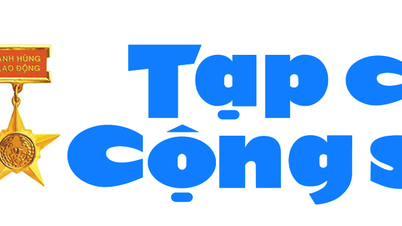




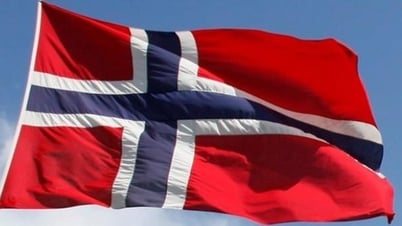






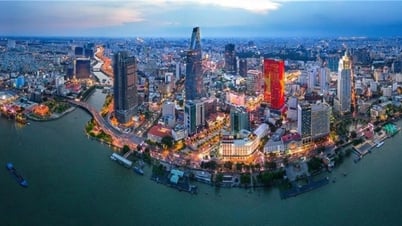




![[Photo] Nearly 3,000 students moved by stories about soldiers](https://vphoto.vietnam.vn/thumb/1200x675/vietnam/resource/IMAGE/2025/5/17/21da57c8241e42438b423eaa37215e0e)






















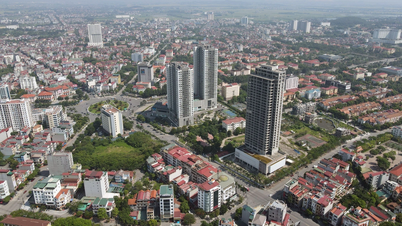
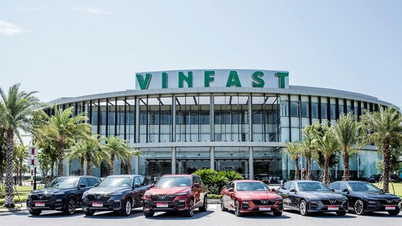



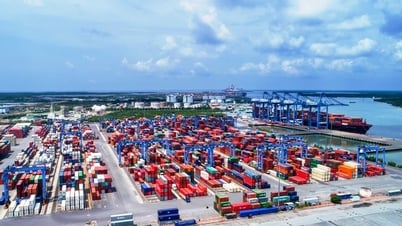
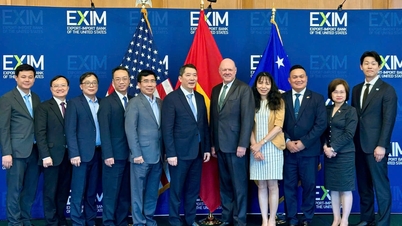


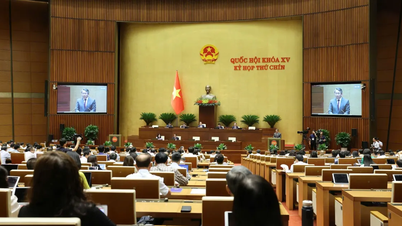









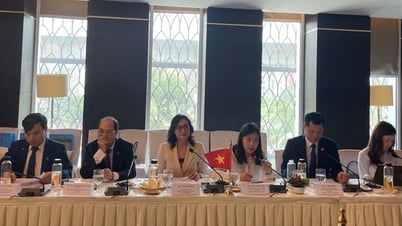



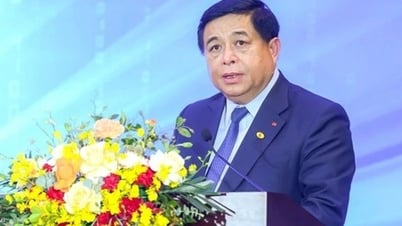

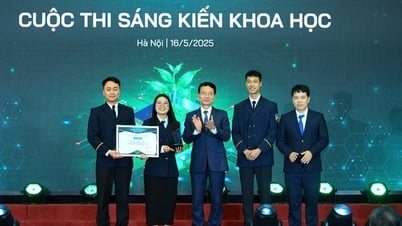






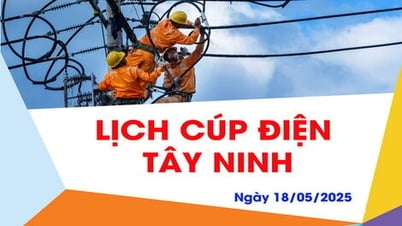








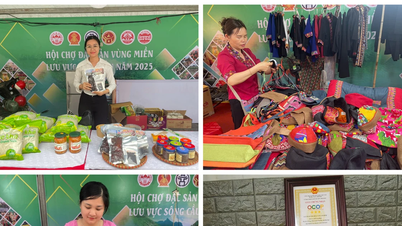





Comment (0)